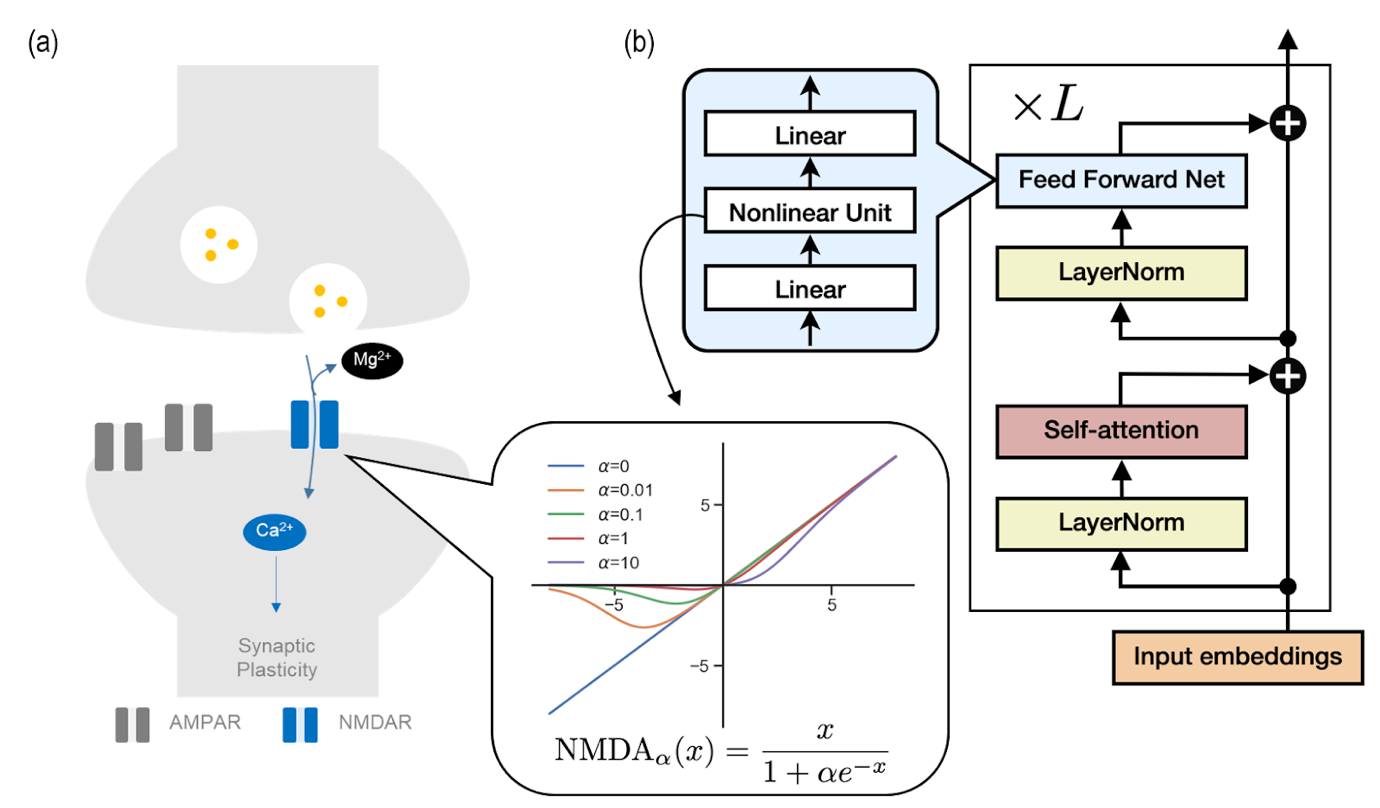2023-11-28 デューク大学(Duke)
◆モデルは、バクテリアが抗生物質をトラップするためのポリマーをどのように分泌するかの空間的な差異が、彼らの防御の重要な側面であることを示し、臨床医が感染を殺菌する適切な投与量を見積もるのに役立つ可能性があります。
<関連情報>
不均一バイオフィルム物質輸送モデルは緑膿菌PAO1 マイクロコロニーにおける抗生物質の末梢隔離を再現します Heterogenous biofilm mass-transport model replicates periphery sequestration of antibiotics in Pseudomonas aeruginosa PAO1 microcolonies
Joshua Prince and A-Andrew D. Jones III
Proceedings of the National Academy of Sciences Published:November 13, 2023
DOI:https://doi.org/10.1073/pnas.2312995120

Abstract
A model for antibiotic accumulation in bacterial biofilm microcolonies utilizing heterogenous porosity and attachment site profiles replicated the periphery sequestration reported in prior experimental studies on Pseudomonas aeruginosa PAO1 biofilm cell clusters. These P. aeruginosa cell clusters are in vitro models of the chronic P. aeruginosa infections in cystic fibrosis patients which display recalcitrance to antibiotic treatments, leading to exacerbated morbidity and mortality. This resistance has been partially attributed to periphery sequestration, where antibiotics fail to penetrate biofilm cell clusters. The physical phenomena driving this periphery sequestration have not been definitively established. This paper introduces mathematical models to account for two proposed physical phenomena driving periphery sequestration: biofilm matrix attachment and volume-exclusion due to variable biofilm porosity. An antibiotic accumulation model which incorporated these phenomena better fit observed periphery sequestration data compared to previous models.


